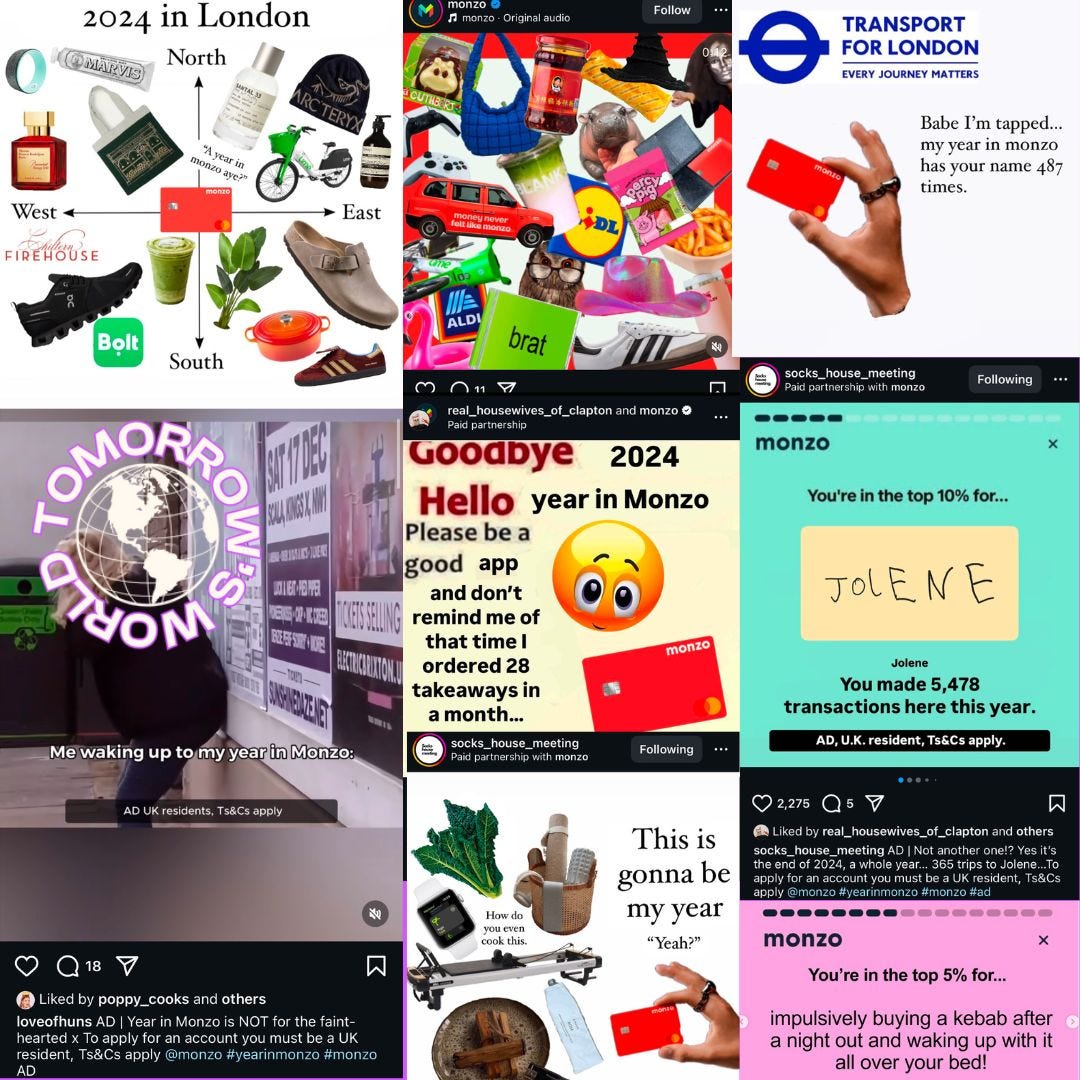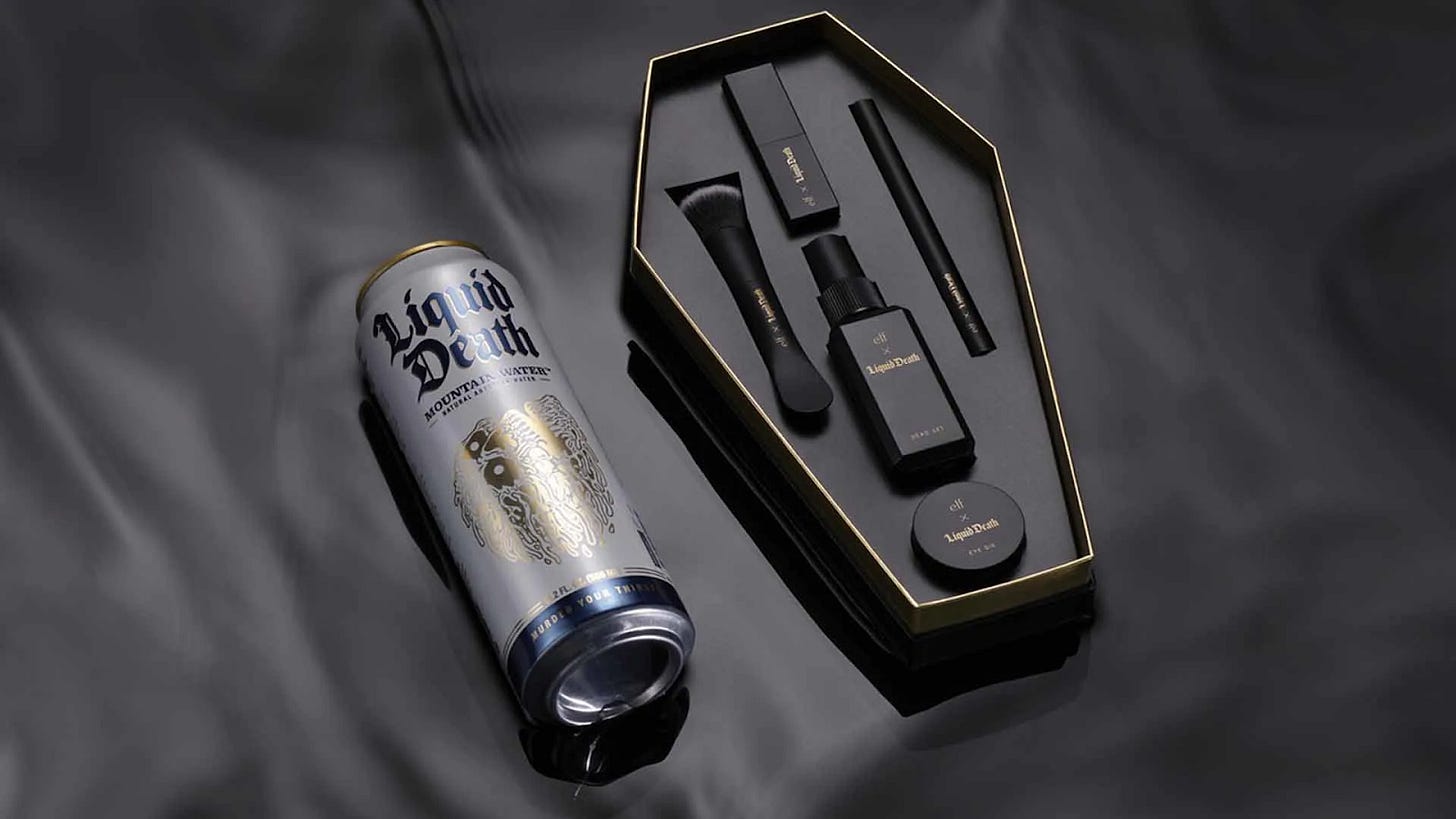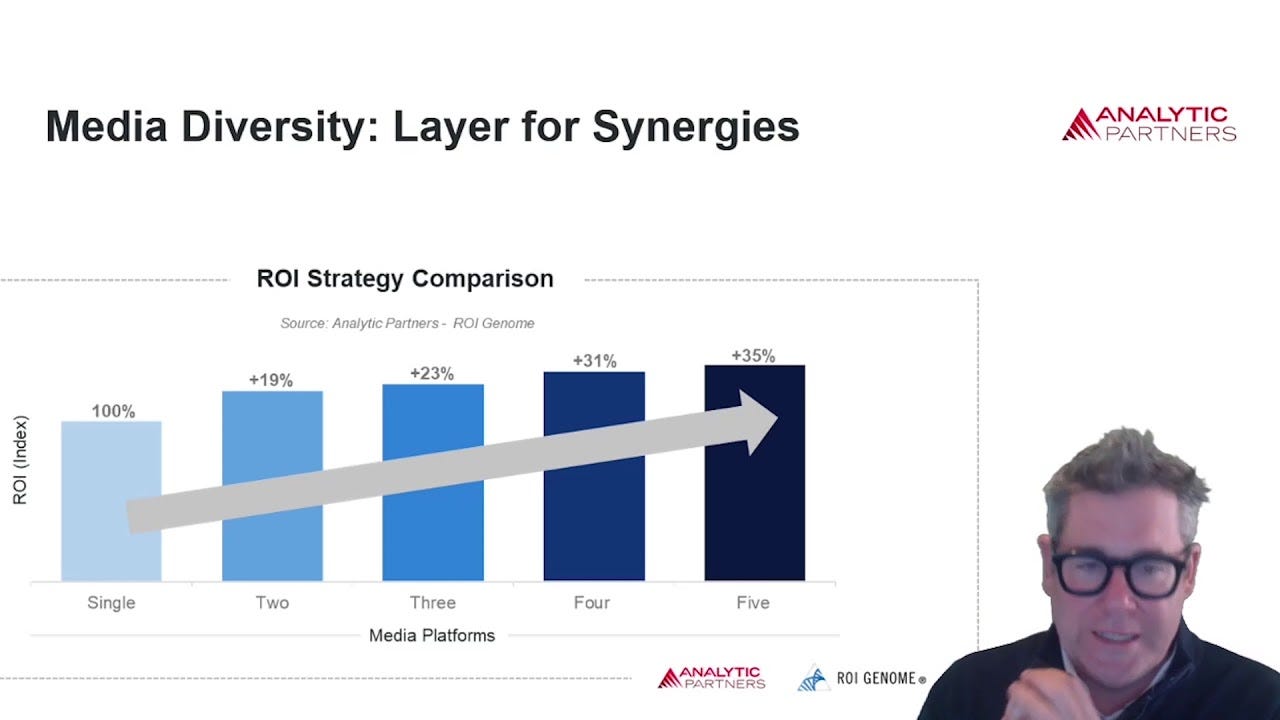Why you’re going to see more brand partnerships
Brand partnerships are by no means new. But I do believe that they are fast becoming the norm on marketing plans. In this episode I share my 3 reasons why...
In the summer of 2023, you couldn’t scroll on LinkedIn without coming across a post about “Barbie marketing”, why? Because of the sheer volume of brand partnerships that they executed. Over 165 brands took on Barbie’s IP and turned it into content, products, and experiences. Barbie had a massive perception-shift job to do, and it needed to make sure it was showing up in as many spaces as possible where a potential Barbie customer could be hiding. This is certainly made easier by the fact they had a multi-million dollar marketing budget, but since Barbie it’s hard to ignore that more brand partnerships have been activated.
Wicked activated over 400 brand partnerships to promote its box office hit.
Squid Games promoted its Season 2 with at least 20 different brands, and counting.
Waitrose partnered with multiple fashion, food, and media brands for its Mystery Christmas campaign.
Skims launched at least 7 hugely high profile brand partnerships in 2024 with brands including The North Face, Fendi, and NBA.
Kamala Harris partnered with 16 different fashion brands to create merch, collabed with TikTok, and used Charlie xcx’s “brat summer” as the launchpad for her election campaign.
Brand partnerships are by no means new. But I do believe that they are fast becoming the norm on marketing plans.
My 3 reasons why:
Paying to reach your audience with ads isn’t enough.
In a world of algorithms, slop content, and robots, teaming up to be more creative is a way to win.
It’s not enough to just do 1 partnership, you need multiple.
In this episode, I’m going to talk through each of these in more detail, buckle up!
And at the end, I have a bonus benefit of brand partnerships too which might be helpful for those readers who are working on brand plans this year 👀
Paying to reach your audience with ads isn’t enough
One of the key ways to grow your brand is to reach as many potential customers as possible so that they become aware of you, and hopefully consider you the next time they’re making a purchase in your category. When I first started my career 10 years ago, you could confidently put your budget into a few channels: TV, YouTube, Facebook, and boom you’ve basically covered the majority of the country.
But a few things have changed since then:
It costs a lot more to reach the same amount of people today
Media consumption is a fragmented mess across different channels (some walled gardens, some premium, some open marketplace)
People are actively seeking ways to reduce their exposure to ads (basic phones, subscriptions)
Whilst you might think all of this is a huge negative because yeah it means it's harder to earn attention, I see this disparate world as a huge new creative springboard.
In the past, if you wanted to drive relevance to your target audience you’d probably have some hyper personalised targeting (lol), and a spray and pray approach. But now? We are seeing so much more creativity to reach audiences beyond an ‘ads only’ approach.
Thus, brands are responding to these changes by turning to co-creation and collaboration, to borrow attention from those who already have it.
One of my favourite examples of this is Monzo’s Year In Monzo 2024, which saw them partner with loads of lifestyle and meme pages to get their Year In Monzo feature out into the world.
Yes they could have just ran with some ads promoting the insights that the spending app tracks.
Yes they could have just ran some PPC campaigns for money management keywords.
Yes they could have just done a big TV ad promoting their app.
And they did do some of these things, but the thing that got everyone talking? The meme page partnerships.
This is how they were woven into the fabric of young people’s lives: taking existing content formats by the best on the web, and making their brand the catalyst of that content.
Creds: Olivia Wedderburn, LinkedIn
In a world of algorithms, slop content, and robots, teaming up to be more creative is a way to win.
Heavily influenced by my reading of Napkin Math, I very much subscribe to the notion that with more AI generated content and systems, the things that will drive value will come from places of human taste.
What that means in practice is coming up with ideas based around what will surprise and delight humans, not feed algorithms and AI agents.
For example, I can’t be the only one who has seen those creepy af TikToks and Reels - I’m not even going to drop an image here because god forbid an AI bot decides to machine learn from this Substack!
But taking 2 things that have been crafted by many hands over a period of time to make something even greater than the sum of its parts? Now that’s wonderful, and is in service of humans not robots.
I think of examples like Rimowa doing artist collaborations for its luggage collections, Liquid Death helping e.l.f Cosmetics launch a new goth range, Crocs helping Wicked reach younger audiences with custom footwear.
Creds: High Snobiety, Inc dot com, Crocs.
If you’d asked AI to come up with some collab products for your brand it would probably have produced a load of really obvious ideas like makeup brands partnering with makeup creators, or luggage brands partnering with airlines, or shoe brands partnering with socks brands.
But it’s these non-obvious partnerships that come about from humans going, where are our audience and what do they love already, and what could we make with those things they love that they’d be excited to try, that are hopefully the reason why we all chose to get into the world of creativity…
Moving swiftly on to the last point.
It’s not enough to just do 1 partnership, you need multiple.
The benefits of using multiple channels in your marketing plans is that you create a compounding effect on your overall results - 1+1-3 and all that.
Creds: Analytic Partners and Mark Ritson.
When you introduce diversity into your media plans, it allows you to show up across multiple touchpoints and a variety of occasions relevant to your audience and to your brand.
When I think about the role of brand partnerships, I don’t believe it’s enough to simply do 1 and be done. Every partnership is an opportunity to create new news about your brand, an opportunity to create more value for your audience, and an opportunity to reach even more people.
One example that comes to mind is Ford. In the past year, they’ve partnered with Red Bull, Percival Menswear, Sydney Sweeney, Angela Bassett, Bryan Cranston, and unusually… The Sasquatch.
That’s at least 6 different audiences and moments that Ford has been able to get in front of, and each time in a completely new and creative way.
Creds: Ford Instagram
Bonus: brand partnerships as a way to grow your audience data
Remember when cookies were going away and brands realised they needed other ways to demonstrate they had ‘an audience’? Now they’re not, but the value of audience is now far more prominent than it was before.
What I mean by this is what do you really know about the people who buy from you? And how can you use this information to create more value?
It’s important to note that I don’t believe in just collecting audience data for exploitation, but really earning an audience’s data in order to create more joy in their lives. This could be through relevant promotions, releasing fashion collections that have demand, creating products that are genuinely useful, seeking feedback to improve customer experience, and more.
One of my favourite examples of a brand using partnerships as a strategic way to learn about their audience is Oreo.
They’ve spent the last 2 years collecting a lot of First and Zero Party Data through partnerships, which is an impressive feat as an FMCG product who typically are beholden to the retailers for knowing their audience data.
Oreo used a competition approach in partnership with a myriad of brands from Chicken Shop to Xbox. This allowed them to understand more about their audience, such as are they into gaming, or do they like fast food. By having a deeper layer of understanding, this allows them to both refine their own comms approaches, but also become a brand that others want to partner with in order to reach those audiences too. A win-win!
Creds: Oreo
By treating data collection as more than just ‘we have lots of people’s email addresses’, brands can see partnerships as a way to understand more about their audience; from their interests, attributes, passions, behaviours.
So, what can you do right now?
There are a few quick and dirty ways to find partners relevant to your brand. Some of my go-tos include:
On Spotify, look at the Top Podcasts in categories relevant to your brand e.g Top Business Podcasts in the UK.
On your Instagram page, click on the related audience / similar page button (it looks like a plus sign and a person icon), and see what brands show up. This is how socials see you and the category you operate in.
Look at pages that are earning lots of attention with your target audience, be it creator pages, media channels, or other brands. What would your brand look like if it showed up there? (that’s a fun brief to dig into!)
One last thing…
IT’S EASY TO BE OBVIOUS ‼️
Brand collabs and partnerships have so much potential and yet the exciting ones feel few and far between.
My guess is that it’s a lot easier and safer to choose the path of least resistance. Choose the brand that’s most adjacent to yours; that shares the same values, same audience, same content style.
But look what happens when you ditch the rule book. I did not think I’d see the day that a water brand based around death would team up with a playful beauty brand 💀
In the case of Liquid Death and e.l.f, both of them want to grow, want to bring value to as many people as possible, and do so in the most creative way possible.
Because anyone can pay for attention, but not everyone can earn it.
Unexpected partnerships might sound like something you want to run a mile from, but consider the potential benefits:
👉 Reach incremental audiences
👉 Brings a new level of creativity
👉 Opens up new distribution channels
And that’s all for now, until next time I hope you find the sweet spot for your brand and a partner.
Sources:
https://www.businessleader.co.uk/secret-mattel/
https://variety.com/2024/film/features/wicked-marketing-campaign-brand-partnerships-1236222100/
https://every.to/napkin-math/the-art-of-scaling-taste
https://www.adweek.com/creativity/fords-next-celebrity-partnership-is-sasquatch/









